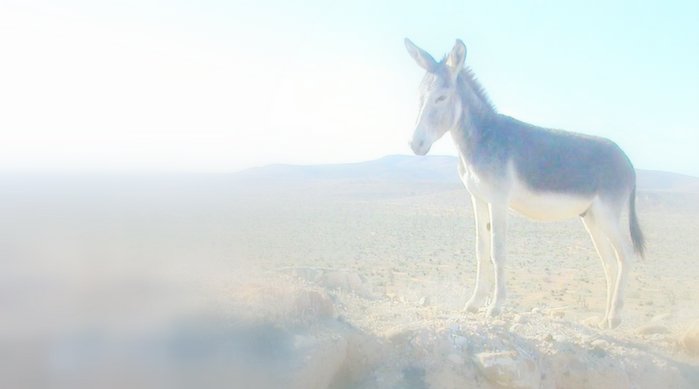However, most of the houses were surrounded by large and looming ivy covered walls that hid most of the architecture from any passers by.
Almost every Sunday, we made the trek from the north of the city to my grandparents' house for Sunday comida (a large meal somewhere between lunch and dinner) with the rest of the extended family. The trip was marked by the recongnizable landscape and monuments we passed on the way. These included the unfinished and abandoned bullfighting ring that was supposed to be covered, which marked the boundary between the State of Mexico and the Federal District,
the Central Military Hospital, the Oilworkers Fountain on an overpass,
the Chapultepec theme park with its giant rollercoaster that never worked,
Los Pinos (the President's residence), some random colonial churches,
a factory with a huge concrete smoke stack,
the Televisa (the only television network in Mexico) San Angel Studios, an AMC auto dealer with weird futuristic architecture, and then when we finally got off the motorway, the first of seventeen massive public art sculptures commissioned for the Olympics in 1968. More on that later.
Once entering the development my grandparents lived in, we were welcomed by El Animal del Pedregal, a sculpture carved out of the local stone by Mathias Goeritz that stood by a fountain that was the original entrance to the development.
I never really knew what El Animal was, but it fascinated me. It had a look of pain and sorrow reaching up into the sky as if calling out, "help me". Sometimes I though it looked thirsty and was asking for someone to pour some water in its mouth.
As I write this and look for pictures to illustrate my memories, I realize that many of these markers are now gone, transformed, or not visible. The toreo was torn down, a second level was added to the motorway changing the vistas, the fountain at the entrance of the development was replaced by an office building - fortunately El Animal was saved - maybe it is now bemoaning the loss of its old home and wallowing in nostalgia as I am now..

















